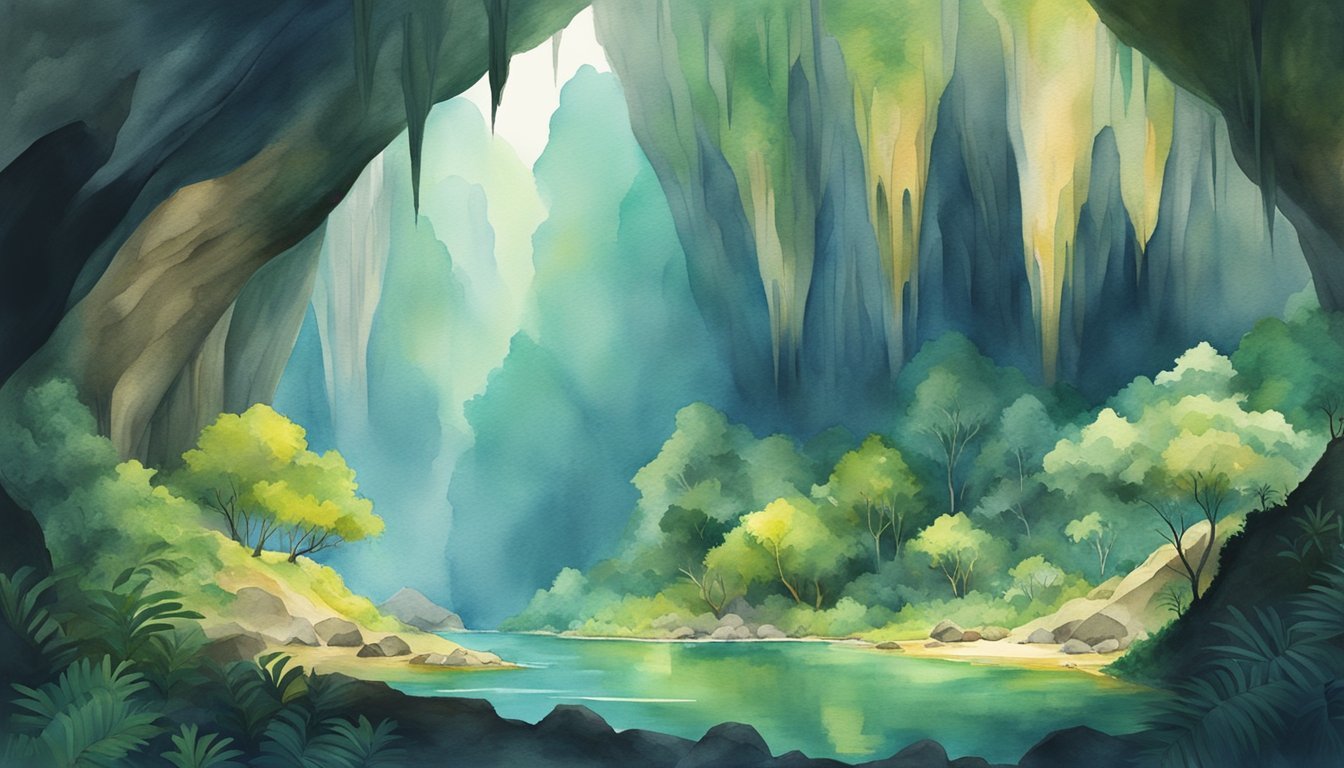Discovery and Exploration of Son Doong Cave
The Local Impact: Ho Khanh and the Community
Son Doong Cave, located in the Phong Nha-Ke Bang National Park in Vietnam, was first discovered by a local man named Ho Khanh in 1991. He stumbled upon it in the dense jungle while searching for agarwood, but was unable to find it again due to its remote location. It was not until 2009 that Ho Khanh led a British-led exploration team, including Howard Limbert, back to the cave entrance, sparking international interest in the cave system (source).
The discovery of Son Doong Cave has had a significant positive impact on the local community in the area surrounding Dong Hoi and Phong Nha-Ke Bang National Park. The cave’s fame has attracted tourists from around the world, boosting the local economy and providing new job opportunities. Local residents have opened homestays to accommodate the influx of visitors, creating a sustainable source of income and fostering cultural exchange.
The Role of International Teams: From Howard Limbert to the British Cave Research Association
After Ho Khanh guided Howard Limbert and his team to Son Doong Cave, an international effort began to explore and document this fascinating subterranean world. In the years that followed, experts from the British Cave Research Association (BCRA) joined forces with Vietnamese experts to further study the cave and survey its geological features (source).
Oxalis Adventure, a local adventure tour operator, was granted permission to run exclusive tours led by caving experts and supported by members of the local community. This collaboration not only serves to increase awareness about the cave and its surrounding ecosystem, but also promotes the sharing of valuable knowledge and skills between international experts and the local population.
Son Doong Cave’s massive chambers and unique features, such as its own rainforest, make it a remarkable destination for both researchers and tourists alike (source). The ongoing collaboration between local communities, international teams, and organizations has played a pivotal role in the exploration and preservation of this natural wonder while creating positive economic opportunities for the people of Vietnam.
Biodiversity and Geology of Son Doong

Inside the Cave: Formations and Ecosystems
Son Doong, the largest cave in the world, boasts a unique geology and ecosystem. With a height of over 200 meters and a width of 150 meters, this colossal natural wonder extends almost 9 kilometers in length. Its underground rivers, Khe Ry and Rao Thuong, contributed to the cave’s formation, which follows a 100-meter wide fault line.
The cave’s diverse landscape includes astonishing formations, such as stalagmites and stalactites. One particularly captivating feature is the cave pearls, which are formed by layers of calcite deposited around grains of sand.
Son Doong is home to a unique ecosystem, with wildlife not found anywhere else in the world. The cave houses a variety of animals, including snails, snakes, shrimp, wood lice, and plankton. The cave’s dolines, formed bycollapsed ceiling areas, allow sunlight to stream into parts of the cavern. This encourages the growth of lush plant life providing a habitat for various creatures.
Preserving the Wonder: Conservation and Eco-friendly Tourism
As the largest cave in the world, Son Doong’s beauty and biodiversity have been recognized by UNESCO, earning it a place on the World Heritage list. To maintain this natural wonder, conservation efforts are of utmost importance.
Tourism in the area has been developed with a focus on eco-friendly practices to minimize human impact. Oxalis Adventure is one such organization that offers guided tours through Son Doong, ensuring the delicate balance of the cave’s ecosystem is preserved. They strictly limit the number of visitors per year, thus protecting the fragile habitats of the unique wildlife and plant life that call Son Doong home.
In summary, the biodiversity and geology of Son Doong make it not only the largest cave in Southeast Asia but also a vital haven of unique ecosystems and geological marvels. Through sustainable tourism and conservation efforts, this wonder can be preserved for generations to enjoy.

